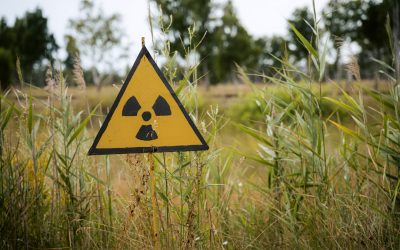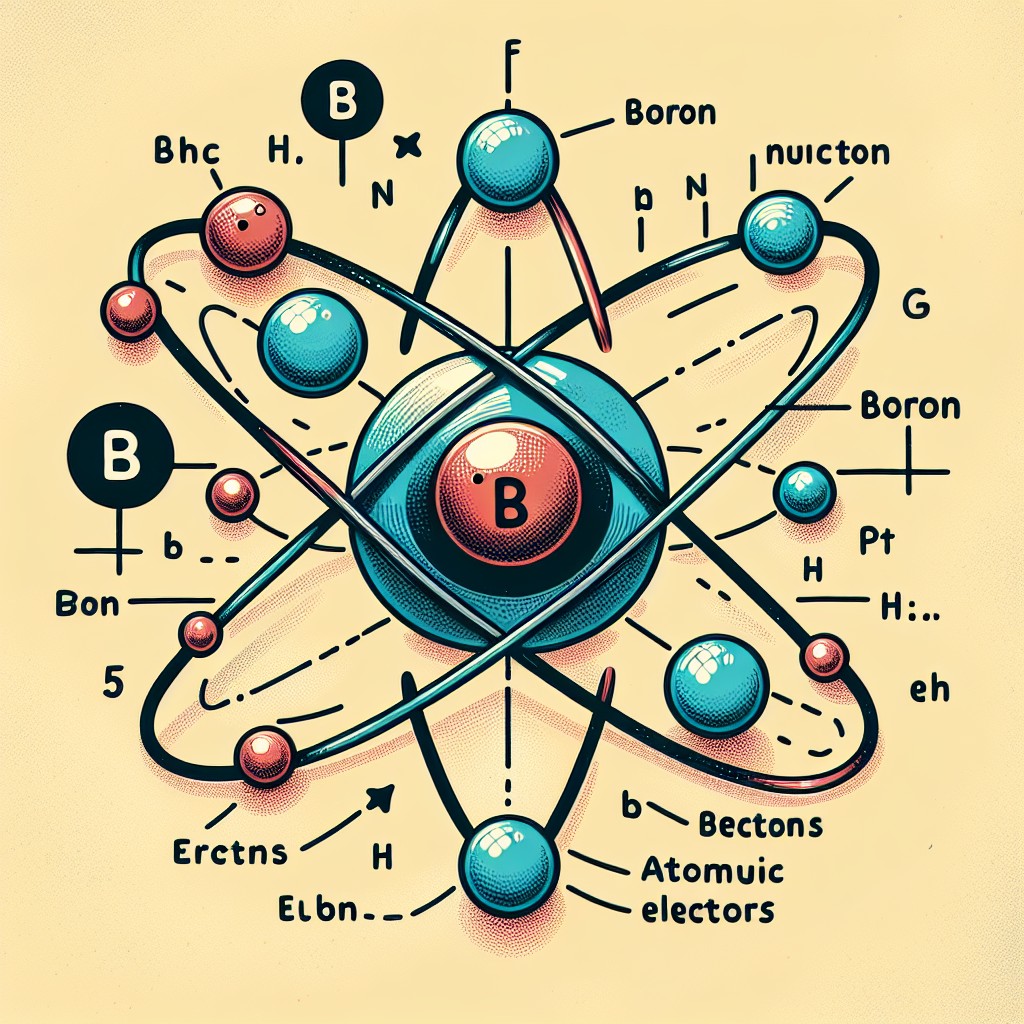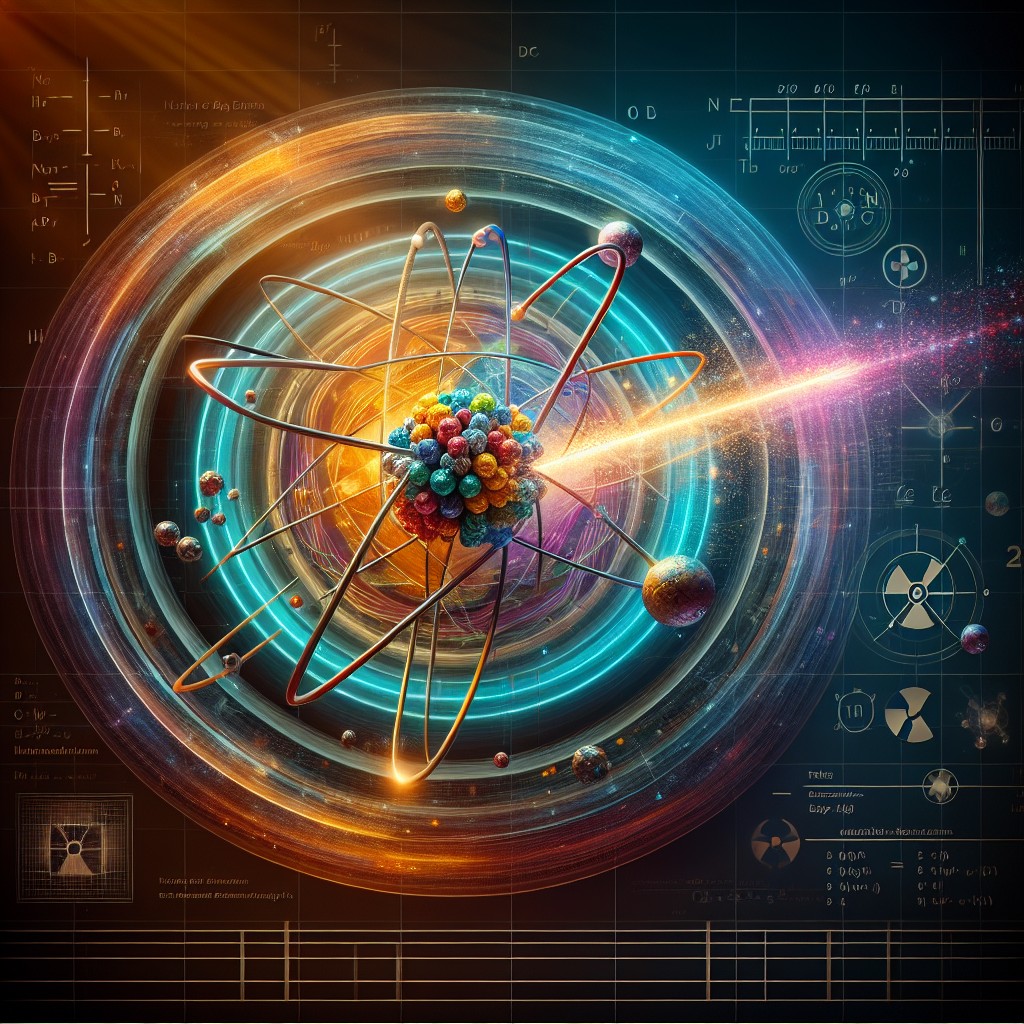The North Atlantic Treaty Organization (NATO) is an intergovernmental military alliance that was established in 1949. Its primary purpose is to promote the collective defense and security of its member states. NATO was formed in response to the growing threat of the Soviet Union during the Cold War, with the aim of deterring aggression and maintaining peace in Europe.
NATO currently has 32 member states, including countries from North America and Europe. These member states are committed to the principles of democracy, individual liberty, and the rule of law. They work together to address common security challenges and promote stability in the Euro-Atlantic region.
Summary
- NATO is an alliance of 32 member states committed to collective defence and security.
- The founding members of NATO were the United States, Canada, and ten European countries.
- NATO has expanded to include 22 additional member states since its founding in 1949.
- NATO plays a crucial role in maintaining peace and security in Europe through its collective defence and crisis management capabilities.
- Membership in NATO provides economic and political benefits, as well as access to military capabilities and cooperation with other member states.
The Founding Members of NATO
When NATO was founded in 1949, it consisted of 12 member states: Belgium, Canada, Denmark, France, Iceland, Italy, Luxembourg, the Netherlands, Norway, Portugal, the United Kingdom, and the United States. These founding members played a crucial role in establishing the alliance and shaping its policies.
During the Cold War, the alliance between these 12 countries was instrumental in deterring Soviet aggression and maintaining peace in Europe. The United States provided military support and acted as a deterrent against Soviet expansionism, while European countries contributed by hosting military bases and providing troops for joint exercises.
The Expansion of NATO: New Members Joining the Alliance
Since its founding, NATO has expanded to include several new member states. The first wave of expansion took place in 1999 when the Czech Republic, Hungary, and Poland joined the alliance. This was followed by further expansions in 2004, 2009, and 2017.
The countries that have joined NATO since its founding include Bulgaria, Estonia, Latvia, Lithuania, Romania, Slovakia, Slovenia, Albania, Croatia, Montenegro, and North Macedonia. These countries made the decision to join NATO in order to enhance their security and strengthen their ties with the Euro-Atlantic community.
The Role of NATO in Maintaining Peace and Security in Europe
NATO plays a crucial role in maintaining peace and security in Europe. The alliance acts as a deterrent against aggression by demonstrating a collective defense posture and a commitment to the security of its member states. This has helped to prevent conflicts and maintain stability in the Euro-Atlantic region.
NATO has been involved in various conflicts and peacekeeping missions throughout its history. For example, during the Balkans conflict in the 1990s, NATO conducted air strikes against Serbian forces to protect civilians and enforce peace agreements. In more recent years, NATO has been involved in counter-terrorism operations and providing support to partner countries in their efforts to combat terrorism.
The Economic and Political Benefits of NATO Membership
Membership in NATO brings several economic and political benefits to member states. Economically, being part of NATO provides access to a collective defense market, which can lead to increased trade and investment opportunities. It also allows for the sharing of resources and expertise in areas such as defense technology and infrastructure.
Politically, NATO membership strengthens a country’s position on the international stage. It demonstrates a commitment to democratic values, human rights, and the rule of law. It also provides a platform for member states to engage in diplomatic dialogue and cooperation with other countries.
NATO’s Military Capabilities: Contributions from Member States

NATO’s military capabilities are a result of the contributions made by its member states. Each member state is responsible for maintaining its own military forces, but they also contribute to NATO’s collective defense efforts through various means.
Member states contribute to NATO’s military capabilities by providing troops, equipment, and financial resources for joint exercises and operations. They also contribute to NATO’s integrated military command structure, which allows for effective coordination and decision-making during times of crisis.
The Challenges Faced by NATO and Its Member States
NATO and its member states face several challenges in maintaining peace and security in Europe. One of the main challenges is the evolving security landscape, which includes new threats such as cyber attacks, terrorism, and hybrid warfare. NATO must adapt to these new challenges and develop new strategies and capabilities to address them.
Another challenge is the need for burden-sharing among member states. NATO operates on the principle of collective defense, which means that all member states are expected to contribute to the alliance’s defense efforts. However, not all member states meet the agreed-upon defense spending targets, which can strain the alliance’s capabilities.
The Relationship between NATO and the European Union
NATO and the European Union (EU) have a close relationship and work together to promote European security. While NATO focuses on collective defense and military operations, the EU focuses on civilian crisis management and conflict prevention.
The two organizations cooperate on various issues, such as countering hybrid threats, improving cybersecurity, and enhancing military mobility. They also share information and coordinate their efforts in areas such as defense planning, capability development, and exercises.
The Future of NATO: Prospects for Further Expansion and Cooperation
The future of NATO holds potential for further expansion and cooperation with other countries and organizations. There are several countries that have expressed interest in joining NATO, including Ukraine and Georgia. However, any further expansion would need to be carefully considered in order to maintain the alliance’s cohesion and effectiveness.
NATO also has opportunities for cooperation with other countries and organizations outside of its membership. For example, it has partnerships with countries in the Euro-Atlantic Partnership Council (EAPC) and the Mediterranean Dialogue (MD). It also cooperates with international organizations such as the United Nations and the Organization for Security and Cooperation in Europe (OSCE).
The Importance of NATO Membership for European Security
In conclusion, NATO membership is of utmost importance for European security. The alliance has played a crucial role in maintaining peace and stability in Europe since its founding. It has deterred aggression, provided collective defense, and promoted cooperation among its member states.
NATO membership brings economic and political benefits to member states, as well as access to a collective defense market and increased diplomatic influence. It also allows for the sharing of resources and expertise in areas such as defense technology and infrastructure.
Looking to the future, NATO faces challenges in adapting to the evolving security landscape and ensuring burden-sharing among member states. However, with continued cooperation and commitment from its member states, NATO will remain a vital force for promoting peace and stability in Europe.
FAQs
What is NATO?
NATO stands for North Atlantic Treaty Organization. It is a political and military alliance of 30 member countries from North America and Europe.
When was NATO founded?
NATO was founded on April 4, 1949, with the signing of the North Atlantic Treaty in Washington, D.C.
What is the purpose of NATO?
The purpose of NATO is to safeguard the freedom and security of its member countries through political and military means. It also promotes democratic values and encourages cooperation among its members.
How many member states does NATO have?
NATO currently has 30 member states, including the United States, Canada, and most countries in Europe.
What are the requirements for becoming a NATO member?
To become a NATO member, a country must meet certain political, economic, and military criteria. It must also be able to contribute to the alliance’s collective defense and security.
What is Article 5 of the NATO treaty?
Article 5 of the NATO treaty states that an attack on one member country is considered an attack on all member countries. This means that if one member is attacked, all members will come to its defense.
What is the role of the NATO Secretary General?
The NATO Secretary General is the head of the alliance and serves as its spokesperson. They are responsible for coordinating the work of NATO’s various bodies and ensuring that member countries work together effectively.
What is the NATO Military Committee?
The NATO Military Committee is the highest military authority in the alliance. It is made up of the chiefs of defense of all member countries and advises the NATO Secretary General on military matters.
military personel in Nato states
The North Atlantic Treaty Organization (NATO) is an intergovernmental military alliance that was established in 1949. Its primary purpose is to promote the collective defense and security of its member states. NATO was formed in response to the growing threat of the...
Naval power of nato
NATO, the North Atlantic Treaty Organization, is an intergovernmental military alliance that was established in 1949. It consists of 30 member countries from North America and Europe, and its primary purpose is to ensure the collective defense of its members....
Nuclear power of nato
NATO, the North Atlantic Treaty Organization, is an intergovernmental military alliance that was established in 1949. One of the key aspects of NATO‘s defence strategy is its nuclear power program. Nuclear weapons have long been seen as a crucial element in...
Military Power of nato
NATO, or the North Atlantic Treaty Organization, was established in 1949 as a collective defense alliance between North American and European countries. Its primary purpose was to counter the threat posed by the Soviet Union during the Cold War. Over the years, NATO...






